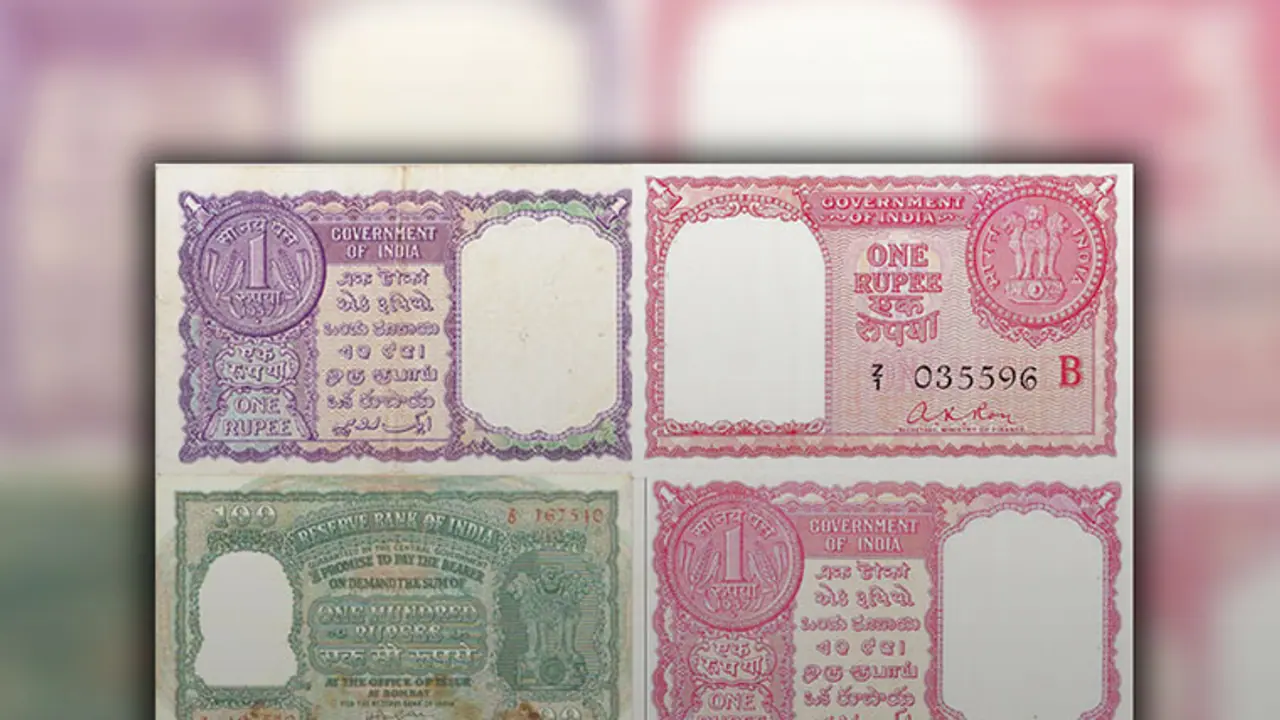The Indian currency was used by close to 20 countries earlier In 1957, special notes called the 'External rupees' or 'Gulf rupees' were printed in India for the Gulf

This should be a story that interests all history buffs and numismatists out there. Keeping in tune with the Abu Dhabi Crown Prince Shaikh Mohammad Bin Zayed Al Nahyan’s three-day visit to India, numismatists have dug up some interesting facts on the monetary similarities between the two countries.
In an interview to some gulf news websites, famous Dubai-based numismatist S. Ramkumar, founder of Numisbing, a Deira-based hub for coin collectors and dealers highlighted how the Indian rupee was the legal tender in the UAE for many years, long before the UAE dirham.
It begins with a piece of history. Ramkumar explained how the Indian currency in the then Trucial States fell under two categories: notes in circulation before 1957 and those used between 1957 and 1966. The Trucial States, also known as Trucial Oman, Trucial States of the Coast of Oman, the Trucial Coast, and Trucial Sheikhdoms, were a group of sheikhdoms in the south-eastern Persian Gulf, previously known to the British as the 'Pirate Coast', which were signatories to treaties (hence 'trucial') with the British government.
Ramkumar also let slip in an interesting anecdote how the Indian currency was also not just used by the surrounding countries but close to 20 countries at one point, in different parts of the world, have also done the same.
As prevalent now, counterfeit currency and smuggling was also rampant in the 1950s as well. The Indian government, in consultation with the governments of the states in the Persian Gulf and the Bank of England, decided to address the problem by introducing special currency notes for circulation in the Persian Gulf.
In 1957, special notes called the 'External rupees' or 'Gulf rupees' were printed in India for circulation in the Gulf. These special notes were introduced to curb the widespread gold smuggling that happening in the region. They were introduced in eight denominations – 10,000, 5,000, 1,000, 100, 10, five, two and one.
The Gulf rupee notes were in many ways identical to the Indian rupee notes. However, while the design on the notes was the same, their colour was completely different. Another way to distinguish the new notes from those used in India was that they carried a special serial number prefix of 'Z' over a number.
The currency notes can be differentiated according to the colours used. While the one, five, 10 and 100 rupee notes in India were in wild purple, green, violet and blue, the Gulf legal tenders were in red, orange, red and green.
Further articles state how in 1966 India devalued its currency, and by that time oil had been discovered in the Trucial States. The first Gulf state to introduce their own currency was Kuwait, which introduced the Kuwaiti Dinar on 1 April 1961 (two years after the Gulf rupees had been introduced). Four years later, on 16 October 1965, Bahrain introduced its own currency.
Shortly after Bahrain had introduced its own currency, the Reserve Bank of India announced that they were withdrawing the established facilities for the conversion into sterling of Indian coins repatriated from the Gulf states. In order that the Gulf states, which had yet to introduce their own coins, might have a standard coinage to fill the vacuum caused by the withdrawal of the Indian coinage, the Government of Bahrain made their coinage available to the Gulf states. The coins were made available from the middle of January 1966.
From 1966 to 1973, the currency that would be used in the Trucial States was the Qatar-Dubai riyal. The dirham came as late as 1973.
